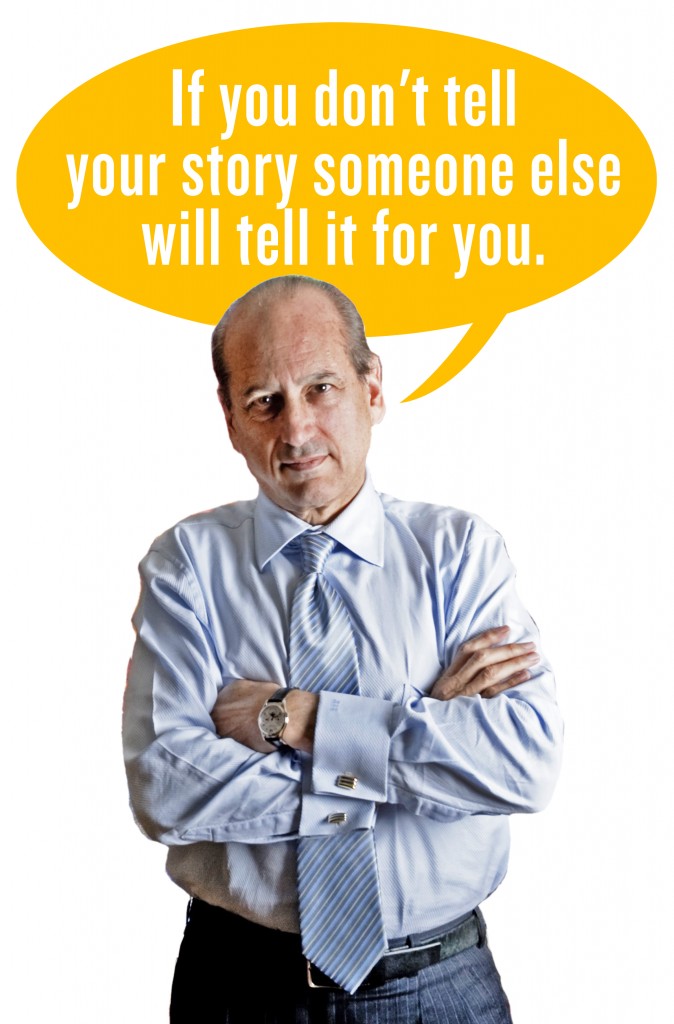
He’s been in the business for 60 years and he’s still growing strong. The founder and shamanistic frontman of the seminal funk bands Parliament-Funkadelic and the P-Funk All Stars reflects on his long career, and shares lessons he’s learned along the way.
George Clinton was born in an outhouse in North Carolina in 1941.
At 13 he persuaded four friends to form a doo-wop band, the Parliaments. Years later Clinton moved the band to Detroit to try to get signed by Motown. But it was too late. The ’60s, with its cacophonous rock ’n’ roll, race riots and psychedelic drugs, had changed Clinton. “One day I put on a sheet and cut my hair in a Mohawk and walked around town,” he said. “I thought if nobody kicks my ass or arrests me, we’re gonna take this craziness to the stage.”
Within a couple of years, Clinton had become a grand funk provocateur. Under his management style of anarchistic humanitarianism, the musicians of his sprawling funk collective have flowed in and out of the bands that Clinton formed, splintered and merged, putting on outrageous shows and recording music that reflected America’s counterculture and black consciousness. Now in his 70s and still touring with the P-Funk All Stars, Clinton’s musical legacy that began in the era of doo-wop is a still a staple of the era of hip hop. Prince once said of Clinton, “They should give that man a government grant for being so funky.”
1. Someone has to be the ringleader. I was always pushing something. I was just a kid when I started our little doo-wop group, the Parliaments because we were all in love with Motown. I’d go into New York City, knocking on doors to try and make the deals. After we got our hit “(I wanna) Testify,” I moved the band out to Detroit because I wanted us to be the Temptations. Years later we had so many people coming and going on different labels with different acts, I got us our own studio and label. Sure it felt like responsibility, but the guys always left it for me to do all the business stuff. Someone’s got to be in control and if you know what you want, it might as well be you. Continue reading “The Mothership Connection: Funktastic Career Tips From Funk Legend George Clinton”




